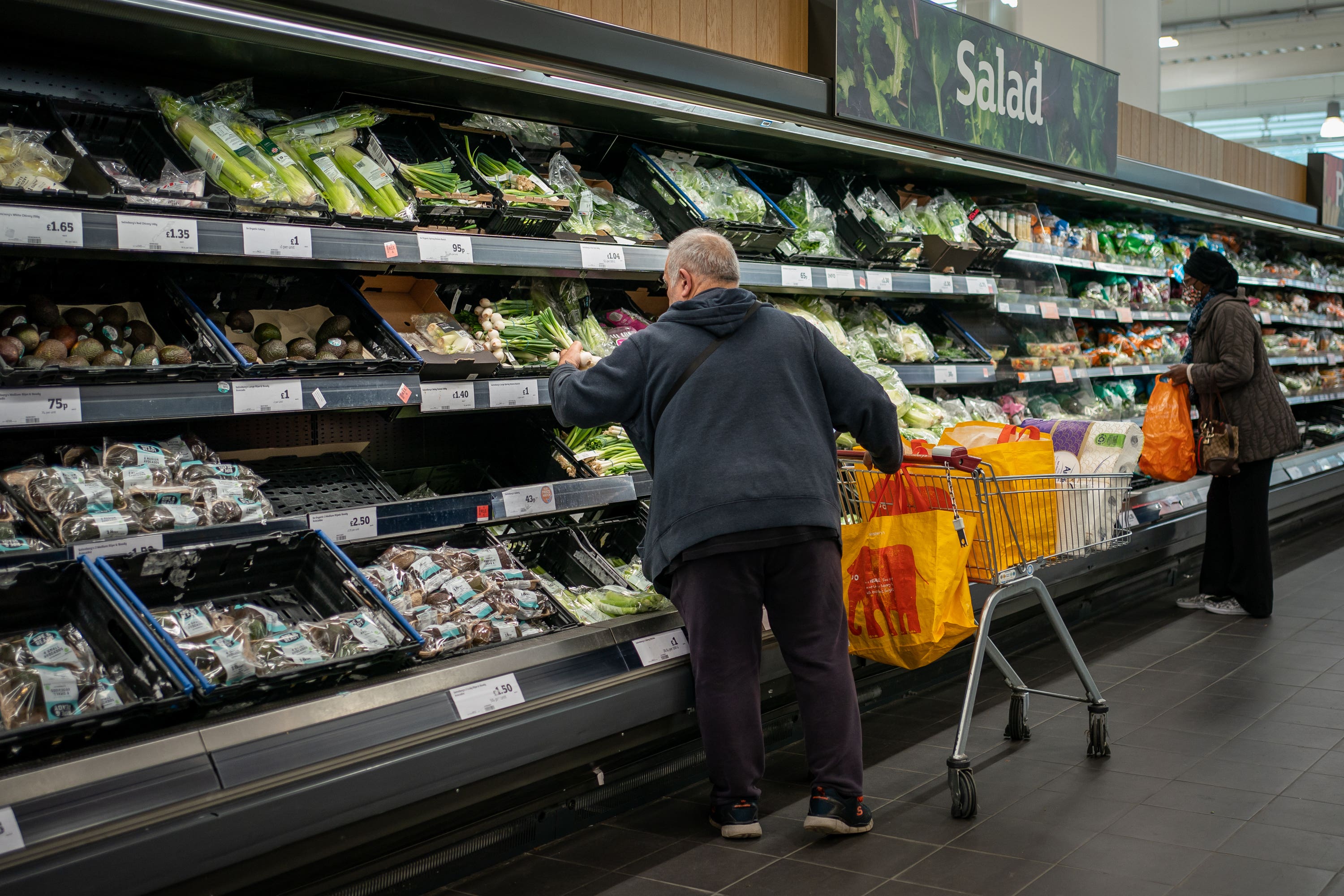How everyday food items have risen in price in the past 12 months
The cost of low-fat milk has increased by 42%, olive oil by 27% and eggs by 22%.

Your support helps us to tell the story
From reproductive rights to climate change to Big Tech, The Independent is on the ground when the story is developing. Whether it's investigating the financials of Elon Musk's pro-Trump PAC or producing our latest documentary, 'The A Word', which shines a light on the American women fighting for reproductive rights, we know how important it is to parse out the facts from the messaging.
At such a critical moment in US history, we need reporters on the ground. Your donation allows us to keep sending journalists to speak to both sides of the story.
The Independent is trusted by Americans across the entire political spectrum. And unlike many other quality news outlets, we choose not to lock Americans out of our reporting and analysis with paywalls. We believe quality journalism should be available to everyone, paid for by those who can afford it.
Your support makes all the difference.The cost of food and drink has increased at its sharpest rate since 1980, with surges in the prices of many key items in the average household’s shopping basket.
The rise in the cost of groceries has been accelerated by the war in Ukraine, which has pushed up the cost of fertiliser and animal feed due to the impact on grain supply from the region.
Global meat prices have jumped as a result, while the knock-on effect to oil production in the regions has also hit the price of sunflower oil and other fats.
Food and drink prices have also been affected by the recent weakness in the pound, which has caused more expensive imported products and ingredients.
Karen Betts, chief executive of the Food and Drink Federation, said: “Food and drink manufacturers continue to do everything they can to keep product prices down, but huge rises in ingredient, raw material, energy and other costs mean they have no choice but to pass some price rises on.”
Here are some examples of how the cost of food has risen in the past year.
The figures are based on the Consumer Prices Index (CPI) measure of inflation and have been published by the Office for National Statistics.
In each case, the figure is the percentage change in the average price over the 12 months to September 2022.
Low-fat milk 42.1%Margarine and other vegetable fats 30.5%Whole milk 30.2%Jams, marmalades and honey 28.1%Butter 28.0%Olive oil 27.2%Cheese and curd 23.1%Pasta and couscous 22.7%Eggs 22.3%Sauces, condiments, salt, spices and culinary herbs 22.1%Frozen vegetables other than potatoes 20.3%Potatoes 19.9%Ready-made meals 19.0%Poultry 17.2%Meat 15.3%Bread 14.6%Fish 13.5%Yoghurt 12.8%Crisps 11.8%Edible ices and ice cream 11.5%Fresh or chilled vegetables other than potatoes 11.1%Pizza and quiche 9.7%Fruit 8.8%Rice 6.8%Breakfast cereals and other cereal products 6.8%Confectionery products 6.1%Sugar 4.7%Dried fruit and nuts 4.6%Chocolate 3.3%